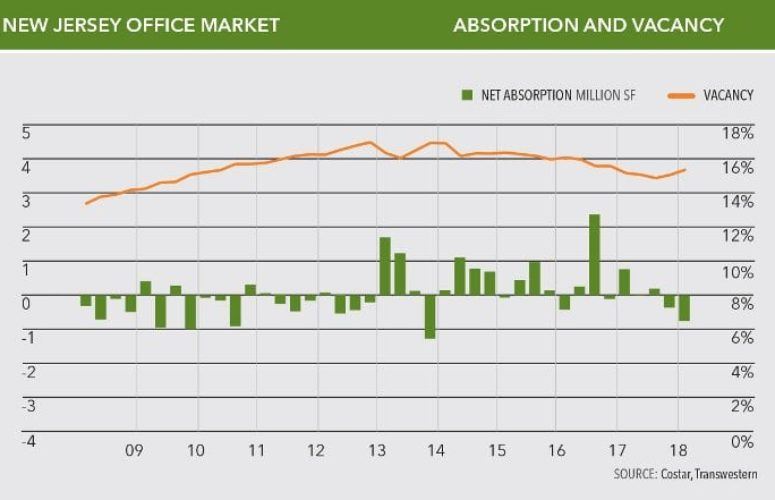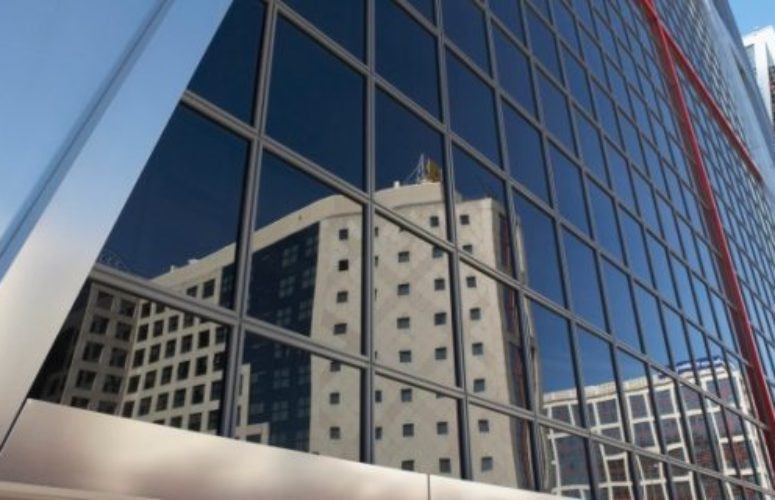
US Industrial Market Sees Increased Absorption, Especially in NJ
On Aug 24, 2018Transwestern released its national industrial report for the second quarter of 2018, revealing that 37 of 47 markets posted positive absorption for the quarter, and 43 of 47 posted positive absorption for the previous 12-month period. Brisk absorption in the majority of primary and secondary markets has kept the national industrial vacancy rate low, with 30 markets recording vacancy at or below the U.S average of 5.0 percent.
Findings for the New Jersey market reveals that:
- The state placed in the top three markets nationally for Q2 net absorption and trailing fourth-quarter total net absorption. Top 10 for supply currently under construction.
- Vacancy and asking rents in New Jersey improved to historical levels, as well as being one of only five markets with a 12-month net absorption total greater than 10 million square feet
- As of Q2, 2018, vacancy improved to a record low for the fourth consecutive quarter and New Jersey’s overall vacancy rate was 3.9 percent, significantly lower than the U.S. average of 5.0 percent.
- Average asking rent of $7.80 PSF for the New Jersey industrial market was 29 percent higher than the U.S. average of $6.05 PSF as of Q2 2018
- The state ranked 12th (of 47 markets) in the U.S. in annual rent growth. Annual rent growth for NJ outpaced the U.S., 7.4 percent vs. 6.5 percent where all but one of 25 NJ submarkets reported asking rents higher than the U.S. average.
“After a slow start to the year, we saw a sharp uptick in consumer spending in the second quarter, which boosted e-commerce activity and contributed to job growth in the trade, logistics and transportation sectors,” said Matthew Dolly, Transwestern’s research director in New Jersey. “In markets where absorption cooled somewhat, the issue is not lack of demand but a wait for new construction to deliver.”
In the second quarter, 39 markets saw year-over-year rent growth, indicating that tenants continue to battle for new industrial product, especially for improvements such as more efficient layouts and greater truck-court depths. In space-constrained markets where land is in play, developers are willing to explore site remediation as costs are likely to be recovered through higher rents.
“U.S. ports continue to experience record-setting volumes, and this has been amplified by retailers pre-ordering merchandise amidst rising trade tensions and tariffs that many fear will lead to higher-priced consumer goods,” said Michael Soto, Research Manager in Los Angeles. “While rising protectionism has added a level of uncertainty in the supply chain not seen in quite some time, the U.S. consumer has been resilient, and the market is expected to remain strong through year end.”
To access more business news, visit NJB News Now.
Related Articles:





